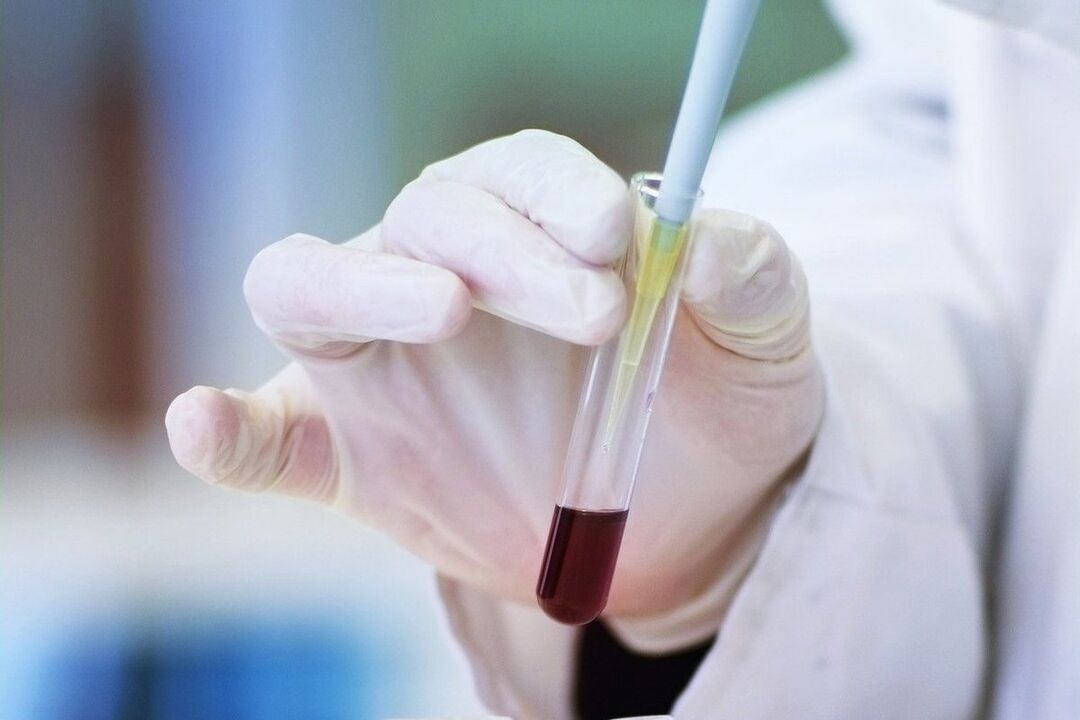
- Protects red blood cells and neurons from the effects of reactive oxygen species (ROS);
- Maintains iron in red blood cells in the form required for metabolism;
- maintain energy exchange;
- ATP production by neurons;
- Synthesis of biologically active substances (neurotransmitters).
What is a normal blood sugar level?
- Lower blood sugar (insulin);
- Hyperglycemia (glucocorticoids, epinephrine, norepinephrine, glucagon).
What are the symptoms of hypoglycemia?
- Tumors that secrete too much insulin (insulinomas);
- Incorrect dosing of insulin to treat diabetes;
- Adrenal insufficiency due to a deficiency of high-glycemic hormones;
- disrupts the flow of sugar in the intestines;
- liver pathology;
- Genetic disorders that result in reduced glucose production;
- alcohol addiction;
- Lack of vitamin (biotin) involved in glucose metabolism;
- Central nervous system diseases.
- Pale skin;
- Shortness of breath and increased heart rate;
- hunger;
- sweating, chills;
- Dizziness;
- Passed out.
What are the symptoms of high blood sugar?
- Insulin deficiency in diabetes, pancreatic necrosis;
- Acromegaly - growth hormone, thyrotoxicosis - iodothyronine, Itsenko-Cushing disease - overproduction of hormones in glucocorticoids;
- Renal failure and filtration dysfunction;
- Overeating and excessive sugar intake;
- exercise stress;
- pain;
- Stroke, brain tumor.
- visual impairment;
- Neurological disorders;
- development of renal failure;
- Nutritional disorders of the tissues of the lower limbs;
- Frequent urination;
- general weakness;
- intense thirst;
- Cuts and wounds regenerate slowly.
- genetic susceptibility;
- excess weight;
- Infect;
- Take induction drugs.
Laboratory tests: Normal blood sugar levels in men and women
- glucose tolerance test;
- Glycated hemoglobin;
- Determine fasting blood glucose levels;
- General urinalysis;
- Blood Chemistry.
- For pregnant women with reduced reabsorption;
- Suffering from congenital or acquired abnormalities of the renal proximal tubules.
What medications can affect test results?
- Glucocorticoids (hydrocortisone, prednisolone, budesonide, etc. );
- Medications to treat mental illness;
- Oral contraceptive pills prescribed for women;
- antihypertensive drugs;
- Syrup-based cough medicine.

























